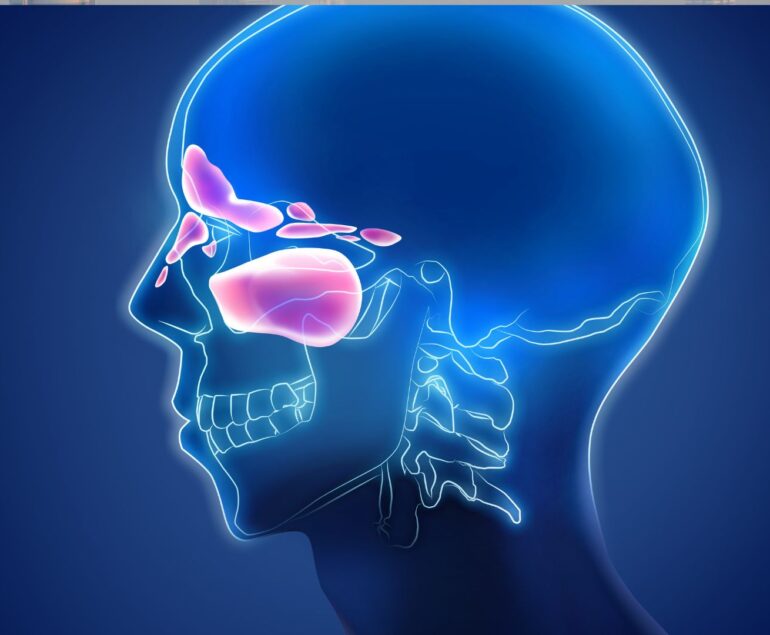Introduction to Occupational Therapy
Occupational therapy is a crucial aspect of healthcare that focuses on helping people of all ages engage in everyday activities they find meaningful and necessary. It plays a significant role in promoting health and well-being by enabling individuals to participate in various occupations despite physical, mental, or developmental challenges.
Understanding ENT Challenges
ENT (Ear, Nose, and Throat) disorders encompass a wide range of conditions affecting these vital sensory organs. From common ailments like ear infections and sinusitis to more severe issues such as hearing loss and throat cancer, ENT challenges can significantly impact an individual’s quality of life, communication abilities, and overall functioning.
The Role of Occupational Therapy
Occupational therapy plays a pivotal role in addressing the multifaceted challenges presented by ENT disorders. Through a comprehensive approach, occupational therapists assist individuals in recovering from surgeries, managing symptoms, and adapting to lifestyle changes resulting from their condition. By focusing on rehabilitation and facilitating independence, occupational therapy contributes significantly to improving the overall well-being of ENT patients.
Specific Occupational Therapy Interventions
Occupational therapists employ various interventions tailored to the specific needs of ENT patients. These may include exercises to improve swallowing and communication skills, strategies to enhance balance and coordination, and techniques to address sensory processing difficulties commonly associated with certain ENT conditions. By implementing personalized treatment plans, occupational therapists empower individuals to overcome functional limitations and regain independence in their daily lives.
Collaborative Approach with ENT Specialists
Effective healthcare requires a collaborative approach, and the partnership between occupational therapists and ENT specialists is no exception. By working together as a team, these professionals ensure that patients receive comprehensive care that addresses both the medical and functional aspects of their condition. This collaborative effort fosters holistic patient care, leading to better outcomes and improved quality of life for individuals with ENT challenges.
Case Studies and Success Stories
Numerous case studies and success stories highlight the positive impact of occupational therapy in addressing ENT challenges. From helping individuals regain their ability to eat and speak following throat surgeries to assisting patients with balance issues due to inner ear disorders, occupational therapists play a vital role in facilitating recovery and enhancing quality of life for ENT patients.
Future Directions and Innovations
As technology advances and our understanding of rehabilitation techniques grows, the future of occupational therapy in addressing ENT challenges looks promising. Innovations such as virtual reality-based therapies for balance disorders and advanced communication devices for individuals with hearing impairments hold the potential to further improve outcomes and expand treatment options in this field.
Conclusion
In conclusion, occupational therapy plays a crucial role in addressing the diverse challenges presented by ENT disorders. By focusing on rehabilitation, functional independence, and holistic patient care, occupational therapists contribute significantly to improving the overall well-being and quality of life of individuals with ENT challenges. Through collaboration with ENT specialists and the implementation of innovative interventions, occupational therapy continues to make a positive impact on the lives of patients across the globe.
FAQs
- How does occupational therapy help individuals with swallowing difficulties? Occupational therapists employ various techniques, including swallowing exercises and dietary modifications, to improve swallowing function and prevent complications such as aspiration pneumonia.
- Can occupational therapy benefit individuals with balance disorders related to ENT conditions? Yes, occupational therapists utilize balance training exercises and assistive devices to help individuals with balance disorders regain stability and independence in their daily activities.
- What role do sensory processing strategies play in occupational therapy for ENT challenges? Occupational therapists develop sensory integration techniques to help individuals with sensory processing difficulties adapt to their environment and improve their ability to engage in meaningful activities.
- How can patients with ENT challenges benefit from collaborative care between occupational therapists and ENT specialists? Collaborative care ensures that patients receive comprehensive treatment addressing both medical and functional aspects of their condition, leading to better outcomes and improved quality of life.
- Are there any emerging technologies in occupational therapy that may benefit individuals with ENT challenges in the future? Yes, advancements such as virtual reality-based therapies and innovative communication devices show promise in expanding treatment options and improving outcomes for individuals with ENT challenges.
About Author:
Dr. Vivek Kumar Pathak: Renowned ENT Surgeon, Senior Professor, and Founder.
Dr. Pathak, ENT surgeon at Kailash Hospital, Senior ENT Professor at Sharda University, and founder of Entegrity Care, brings expertise and innovation to healthcare. Discover the visionary behind Doxtreat Healthcare, shaping the future of ENT care.
Website www.drvivekpathak.com
Call +917838450942
WhatsApp +91 78384 50942
Book an appointment with Dr. Vivek kumar Pathak by filling the form.




